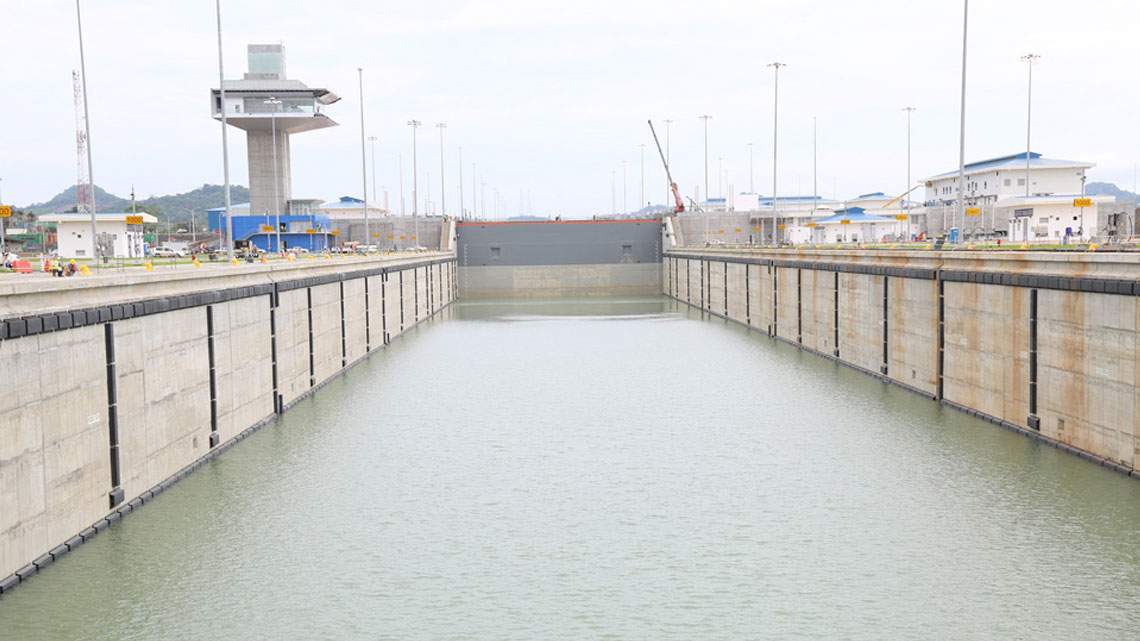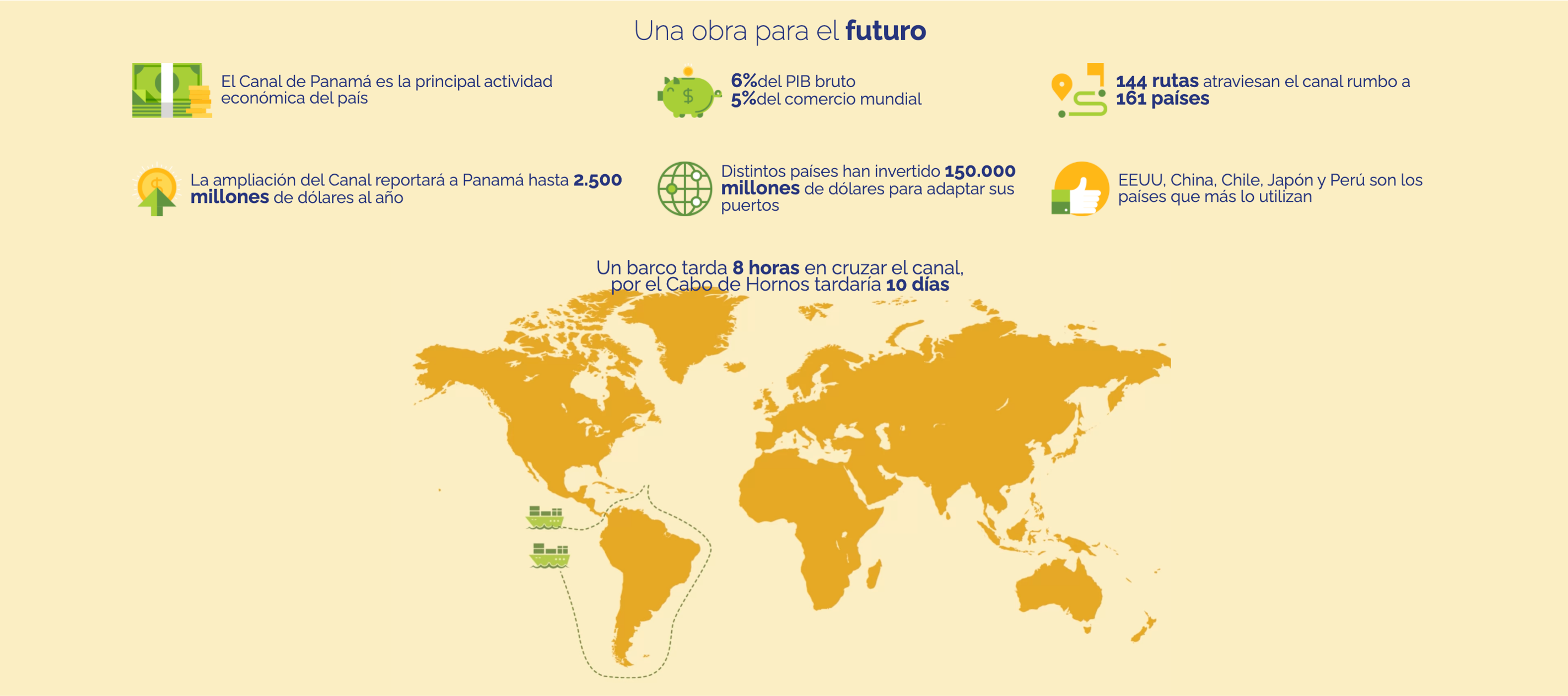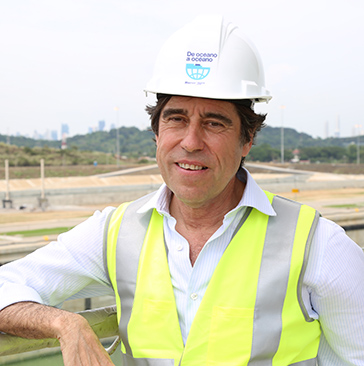The expansion works on the Panama Canal have posed an engineering challenge for a long time. At Sacyr, we are passionate about challenges, and in 2016 we successfully finished building the third set of locks, a new maritime transit route that runs parallel to the pre-existing locks.
Watch all our videos on the Stories of the Canal and the Panama Canal



